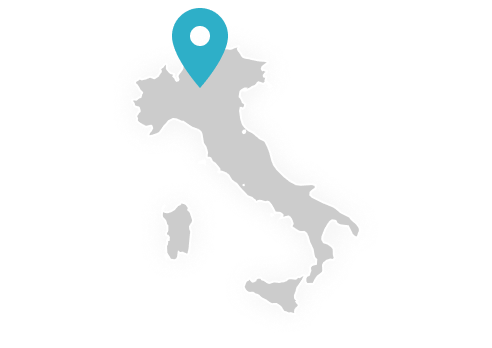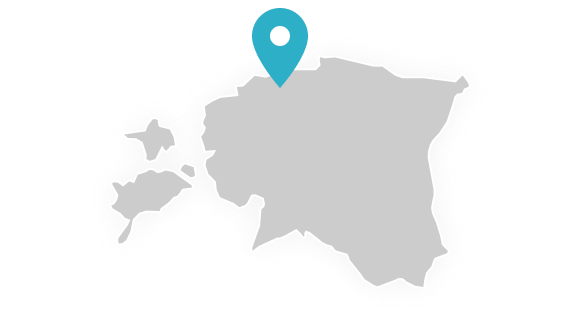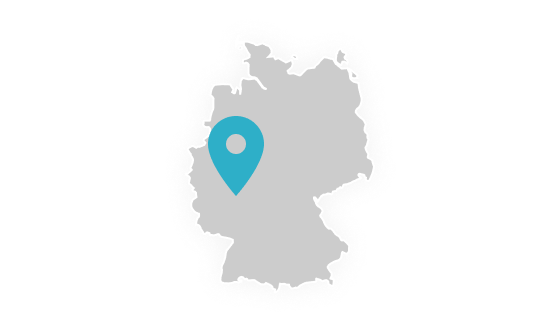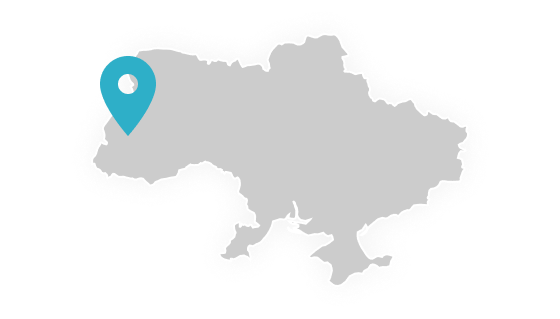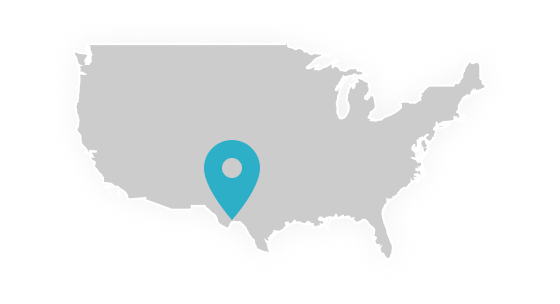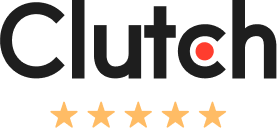The AI landscape has evolved from isolated Large Language Models (LLMs) to autonomous multi-agent systems that plan, decide, and act across an organization’s digital ecosystem. These agents now execute workflows, interact with APIs, and make real-time operational decisions, rather than only generating text.
This transformation presents significant opportunities and governance risks for enterprises. The key consideration is whether your architecture, control, and governance model can safely support AI agents at scale.
Although the market favors easy-to-launch Agent Kits such as OpenAI’s Agent Builder, Anthropic’s Tools API, or specialized vertical builders, these quick-win solutions often reach their limits in production environments.
Insoftex supports enterprises in moving from experimentation to production-grade multi-agent systems designed for performance, compliance, and long-term strategic advantage.
The Fundamental Shift: Why Autonomous Agents Are Not Just Apps
An AI agent is an independent entity that acts on your behalf within business systems. Its autonomy provides significant capability, but also introduces vulnerability.
Delegating autonomy to a pre-packaged Agent Kit also transfers control over security, decision logic, data access, and compliance to an external vendor.
The difference between a pre-built kit (“buy”) and custom multi-agent orchestration (“build”) is the choice between a short-term demonstration and a reliable, governed engine for enterprise transformation.
1. The “Buy” Approach: Agent Kits and the Vendor Lock-In Trap
The “buy” approach prioritizes rapid proof of concept. While effective for internal chatbots, basic retrieval, or FAQ automation, these solutions often fail to meet enterprise requirements for governance, integration, and scalability.
| ✅ Pros of Buying (Agent Kit) | ❌ Hidden Cons at Enterprise Scale |
| Fast deployment and minimal setup | Vendor/LLM lock-in — re-architecting is required to switch models |
| Low technical barrier to entry | Governance black box — no audit visibility or explainability |
| Easy integrations inside one ecosystem | Limited access to complex, real-time transactional data |
| Ideal for PoC | Inflexible architecture and shallow customization |
The strategic risk is that the simplicity of a kit often comes at the expense of customization and control. In the event of an agent error affecting revenue or compliance, responsibility for the underlying logic may be unclear. With black-box systems, organizations assume full liability without complete visibility.
2. The “Build” Approach: Custom Multi-Agent Orchestration as Strategic Architecture
The “build” approach, advocated by Insoftex, involves owning your AI stack. This is a deliberate investment in an architecture that defines agent collaboration, decision validation, and secure data flow across the enterprise.
This architecture stands on three core pillars:
Pillar A: AI Agent Frameworks — Choosing the Right Foundation
Each orchestration framework reflects a distinct approach to agent collaboration. Insoftex assists clients in selecting, customizing, and integrating frameworks to align with business objectives.
| Framework | Core Paradigm | Best Enterprise Fit |
| LangGraph | Graph-based workflow orchestration | Ideal for compliance-driven processes (finance, legal) — deterministic flow, node-based auditing |
| CrewAI | Role-based collaboration | Excellent for open-ended creative tasks (marketing, R&D) — intuitive team-like workflows |
| AutoGen | Conversational architecture | Best for IT operations and human-in-the-loop systems — natural delegation between human and AI agents |
Insoftex differentiates itself by architecting hybrid multi-agent systems that combine multiple paradigms under a unified governance model. Each agent receives explicit roles, permissions, and communication rules to ensure safe, auditable collaboration.
Pillar B: Advanced RAG (Agentic RAG) for Real-Time Decisioning
Early Retrieval-Augmented Generation (RAG) systems managed static document retrieval. Enterprise-grade agents now require Agentic RAG, which provides a continuous, live data pipeline for real-time contextual reasoning and action.
| RAG Level | Data Focus | Multi-Agent Application | Enterprise Challenge Solved |
| Basic RAG | Static documents | Q&A chatbots | Reduces hallucinations, but has limited value |
| Advanced RAG | Structured + unstructured data | Context-aware decision support | Improved accuracy, still not real-time |
| Agentic RAG (Insoftex Standard) | Live transactional data from APIs, CRMs, or TMS | Real-time operational actions | Eliminates stale data risk and aligns AI decisions with the current business state |
Technical Implementation:
We develop streaming data pipelines that feed live system events into a vector database, such as Pinecone. Specialized query agents use this high-speed index to respond instantly to changing conditions, including re-pricing inventory, adjusting delivery routes, or filling open travel seats.
This approach transforms RAG from a passive search tool into a proactive decision engine.
Pillar C: Governance Layer — The Compliance Guard Agent (CGA)
Governance is essential and forms the foundation of any autonomous system.
The Compliance Guard Agent (CGA), a core Insoftex innovation, enforces Zero-Trust AI operations by validating every high-impact autonomous decision.
- Zero-Trust Enforcement: No agent can modify a record, trade, or contract without CGA validation against strict business schemas (price caps, legal rules, permissions).
- Immutable Audit Trail: Each action logs the agent’s reasoning chain, retrieved context, model output, and final compliance status — satisfying explainability requirements under frameworks such as the EU AI Act and NIST AI RMF.
- Human-in-the-Loop Escalation: If a workflow triggers a compliance flag, the CGA immediately alerts the assigned human reviewer, providing full context and traceability. This process is a designed safety measure, not a failure mode.
3. Scaling and Maintaining Multi-Agent Systems (AgentOps)
Most internal “build” efforts fail during operations and maintenance rather than design. A production-ready AI ecosystem requires AgentOps, which adapts DevOps practices for autonomous systems.
| Challenge | Impact | Insoftex Solution |
| Complexity Overhead | Growing communication paths cause deadlocks and latency | Microservices separation and graph-based orchestration (LangGraph) to ensure deterministic execution |
| Model Drift & API Changes | Silent degradation over time | Continuous evaluation pipelines with policy enforcement and agent performance dashboards |
| Compute Inefficiency | Overuse of the GPU by redundant or chatty agents | Orchestrator-led delegation that dynamically allocates compute based on query complexity |
By embedding observability, health checks, and cost-aware scaling policies, Insoftex ensures that systems remain stable, explainable, and financially efficient in production.
4. Build vs. Buy: Strategic Summary
| Dimension | “Buy” Agent Kit | Insoftex “Build” Orchestration |
| Speed | Fast PoC deployment | 4–6 weeks to a stable pilot |
| Control | Vendor-locked | Full ownership of architecture and logic |
| Governance | Non-transparent | Transparent, auditable workflows |
| Data | Limited static access | Real-time, transactional integration |
| Compliance | External | Built-in CGA + HITL |
| Scalability | Constrained by the platform | Modular, multi-framework scalability |
Conclusion
Enterprise AI has progressed beyond experimentation. Autonomous agents are now essential and require rigorous architecture rather than shortcuts.
In 2026 and beyond, reducing AI risk requires making intentional architectural decisions now, rather than waiting for regulation.
- Mandate auditable governance (CGA).
- Integrate Agentic RAG for real-time accuracy.
- Adopt AgentOps discipline to improve maintainability and control costs.
Insoftex specializes in designing and implementing enterprise-grade, governed AI systems that transform complexity into a sustainable competitive advantage.
Are you ready to move from proof of concept to production?
Let us help you design a custom multi-agent architecture for 2026 and beyond.


